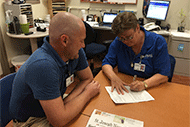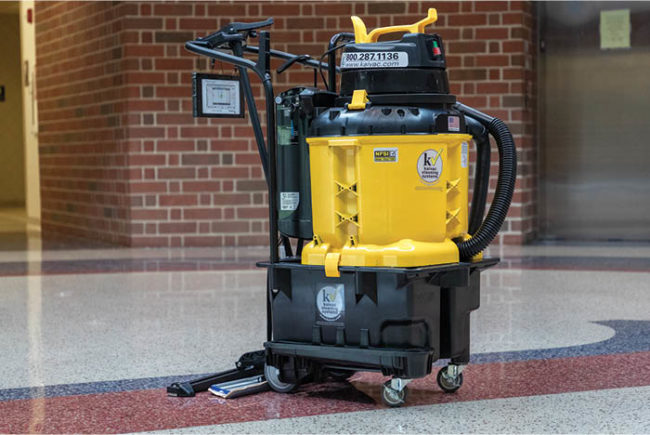As a former health care consultant and current director, I have discovered that many hospital administrators are unfamiliar with today's regulatory climate and the legal liabilities associated with various waste streams. Failure to comply can result in potential safety risks, significant fines and unfavorable press.
Efforts to reduce medical waste generation sometimes can have unintended consequences, such as when waste is sorted into many categories, often confusing staff. The situation is normally not identified until the waste has been delivered to the landfill, where "spotters" are trained to identify such hazardous material.
There are a number of reasons why medical waste is often comingled with the solid waste stream. When the situation becomes chronic, an on-site program to treat medical waste is one option to remedy the problem as well as bring additional economic and operational benefits to the hospital. Another option is to contract with a medical waste disposal company to manage the disposal of nonhazardous medical and pharmaceutical waste.
The legal impact of how waste is managed should be on the mind of every health care administrator. Many administrators do not know that generators of medical waste such as hospitals are legally liable for the material until it is no longer classified as infectious or hazardous. This liability is not transferred when a commercial medical waste company is hired to transport this waste off-site. Some medical waste companies ship waste across state lines, in the case when incineration is the only acceptable means of destruction. A general infection control principle is to treat as close to the point of generation as possible.
If a hospital chooses to have its medical waste picked up and disposed of by a waste company, the hospital needs to ensure that the company meets regulatory requirements concerning handling, packaging, transport and destruction. Manifests and tracking documents must be provided for every pickup. A hospital also should have access to these documents at the waste company's website in case a document is misplaced. Some regulators review every manifest and tracking document. If one is missing, this may result in a citation, and a fine could be levied.
I also recommend conducting an unannounced site visit to the commercial waste company's processing facility to visually inspect its operation to see how waste is received and processed, observe if the facility is safe and clean, view permits and to speak to employees about the company. I also recommend a review of regulatory websites to determine if any citations or fines have been levied against the company and conduct reference checks.
There are clearly a number of factors to consider when exploring how to manage various waste streams and maximize recycling efforts. I like to assemble a team with representatives from administration, health and safety, infection control, legal, environmental services, facilities and sustainability to develop a successful program.
By Carl Solomon Sr., CHESP, director of hospitality services, UCSF Medical Center, San Francisco.
AHE insight
Valuable resources available
AHE is the membership organization of choice for a wide variety of professionals caring for the health care environment. Here are a few of the many resources that AHE offers.
• EXCHANGE 2013. Attend the industry's premier conference and trade show at the Indiana Convention Center in Indianapolis on Sept. 15–18. New ideas for this year include a poster presentation session and an educational focus. More information is available at www.ahe.org/exchange.
• Assessing Your Facility's Risk for C. diff. This fast-paced session will discuss the epidemiology, transmission routes and control recommendations relevant to Clostridium difficile. Attend this valuable webinar, which is free for AHE members and $139 for nonmembers. It's available in prerecorded form through Dec. 31. For more information, go to www.ahe.org/education.
• AHE Seal of Review and Recognition Program. Designed to be a comprehensive review and formalized recognition process that promotes quality and safety, this program allows a company's or organization's cleaning procedures, in-service training or programs to receive AHE's seal for content excellence. For more information on the program, go to www.ahe.org/ahe/lead/seal_of_review_and_recognition_program.shtml.




